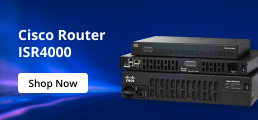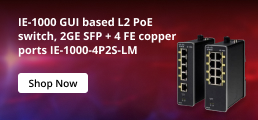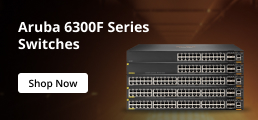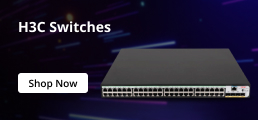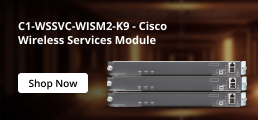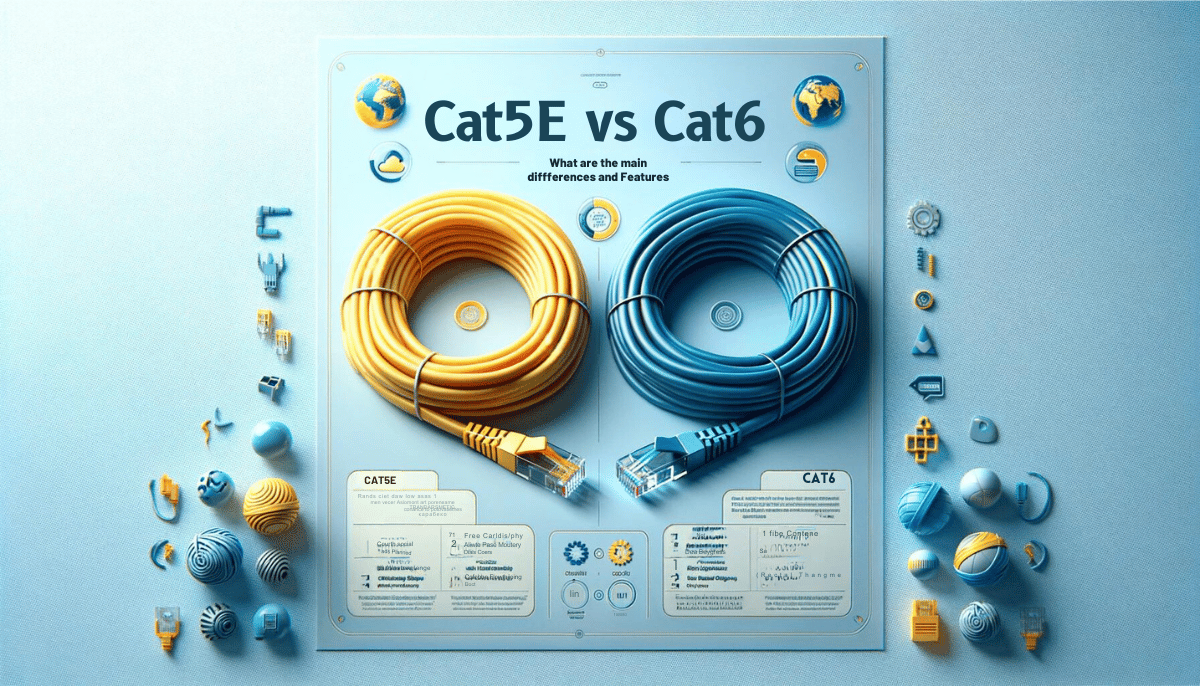Table of content
Introduction:
Have you ever connected your PC or laptop to a router or any networking device using a wired connection? If yes, then you must know about an Ethernet cable. A cable that is used to transfer broadband data (No Follow) and connects networking devices, such as servers, modems, and routers. It connects devices to a network in a Local Area Network and enables communication among connected devices. It is important to remember that choosing a suitable cable not only impacts your network operation but also improves your overall business performance. So, when it comes to choosing an Ethernet cable, Cat5e VS Cat6 are the most commonly considered Ethernet cables. Therefore, we have come up with this study-driven article to provide you with insights about Cat5e and Cat6, their main differences, and features to let you choose the one that suits you the best. Thus, wait no longer and start exploring Ethernet cables with all their dimensions.
Understanding Cat5e vs Cat6:

Looking from a broader perspective, while Cat5e cables can only handle 1000BASE-T (Gigabit Ethernet), Cat6 cables, also known as Category 6 or Cat 6 cables, offer reduced crosstalk, a better signal-to-noise ratio, and are appropriate for 10GBASE-T (10-Gigabit Ethernet). Besides, Cat6 is usually a better option for future-proofing your network, despite a slight increase in cost.
To understand both Cat5e and Cat6 in detail, it is important to define them separately and deeply:
What is a Cat5e Ethernet Cable?
Before going deep, just look at the name Cat5e, this “e” means enhanced, which indicates that Cat5e is the advanced, specified version of cat5. This Cat5e offers support for Gigabit Ethernet speeds of up to 1000 Mbps, a bandwidth of 350 MHz, and backward compatibility with standard Cat5 cables. Unlike cat5e, cat5 supports Gigabit speed but comparatively at shorter distances. In addition, complying with ANSI/TIA-568 standards, cat5e cables are 10 times faster than then their previous version known as cat5.
What is a Cat6 Ethernet Cable?
Having 250 MHz of bandwidth and supporting data transfer rates of up to 10 Gbps (10GBASE-T) for distances about or above 180 feet, the Cat6 cable comprises four pairs of copper wire. The most significant part is Cat6 employs the same RJ-45 jack just like Cat5 cables and previous generations of Ethernet cables. Now, cat6 cables are globally a recognized standard for Ethernet cables.
Cat5e vs Cat6 – Spotting The Main Differences:

The main difference between Cat5e and Cat6 lies in their speed, cost, frequency, performance, features, and more. Therefore, it is crucial to determine your requirements when selecting Cat5e vs Cat6. Here, we have developed a quick table to differentiate between cat5e and cat6. Just look at the table and know the core differences between these Ethernet cables:
A Quick Comparison:
| Features | Cat5e | Cat6 |
| Speed | 1000 Mbps | 10/100/1000MbE, 10GbE (It usually supports shorter distances) |
| Cost | Its price depends on the vendor/manufacturer and length. | Its price also depends on the manufacturer, vendors, and length. |
| Frequency | Up to 100 MHz | Up to 250 MHz |
| Performance | Less crosstalk/interference than the previous cat5 and comparatively more interference than cat6. | Lower Singal-to-noise ratio. |
| Maximum Cable Length | 100 meters | 100 meters, 10GbE over shorter distances. |
| Standard Gauges in Conductors | 24-26 AWG wire | 24-25 AWG wire |
Things You Should Know About Cat5e vs Cat6:
Cat5e vs Cat6. Speed:
As mentioned earlier, Cat6 cables offer up to 250 MHz, which is greater than that of Cat5e cables because cat5e cables perform up to 100MHz. Additionally, Cat6 cables provide users with a speed of up to 10GBASE-T. While Cat5e can support up to 1GBASE-T or 1 Gigabit Ethernet.
Cat5e vs Cat6. Bandwidth:
CAT5e and CAT6 are capable of handling gigabit-per-second (1000 Mbps) rates. For the majority of internet connections, this is more than enough in terms of speed. The bandwidth that CAT5e and CAT6 cables can handle for data transport is the primary distinction between them. While CAT5e cables may only operate at frequencies of 100 MHz, CAT6 cables can reach up to 250 MHz This implies that CAT6 cables have higher data processing capacities.
Cat5e vs Cat6. Crosstalk:
The Cat6 provides considerably lesser interference or Near-End Crosstalk (NEXT) in the transmission as compared to the cat5e cable. Besides, it improves Equal-Level Far-End Crosstalk (ELFEXT), Return Loss (RL), and Insertion Loss (IL). All these features of the cat6 result in less system noise, a small number of errors, and higher data transmission rates.
Similarities Between Cat5e Cables and Cat6 Cables:
Comply With ANSI/TIA:
Both the cables comply with the standards designed by ANSI/TIA known as a Category. This category decides how this cable will function.
Enable Communication Among Devices:
Cat6 and Cat5e both interconnect computers, printers, network switches, and routers.
Support PoE/PoE+/PoE++
These cables support PoE/PoE+/PoE++ 802.3af/at/bt up to 90W.
Available for general and Specific Uses
Both these cables are available in unshielded (U/UTP) or shielded (F/UTP). It means cat5e and cat6 both can be used in general as well as in specific environments.
Cat5e vs Cat6. Pros and Cons:
| Pros and Cons Cat5e | Pros and Cons of Cat6 |
| High transfer speeds at a low cost | Stricter performance specs and higher data transfer speeds |
| Can transfer up to four signals at once | Reduced signal/EMI interference |
| Versatile, suitable for various applications | Suitable for industrial settings with significant interference |
| Limited to 100 Mbps transfer speed | Higher cost compared to Cat5e ( more expensive) |
| Vulnerable to signal noise from wireless devices | Additional thickness and insulation may pose installation issues |
| Not recommended for new installations | Less flexibility and harder to work with |
| Not suitable for enterprise networking needs | Cat6a is even thicker, heavier, and more expensive |
Conclusion:
Although there is a variety of Ethernet cables, one must turn his/her toward Cat5e vs Cat6 when it comes to choosing the most suitable one. In this article, we have gathered key differences between cat5e and cat6 along with their features and similarities to give you a complete picture. Now, it is no longer a difficult task for you to select an Ethernet cable that suits you the best. We encourage you to visit in case of any queries or when you need more insights on this or similar topics.
Frequently Asked Questions:
What is the main difference between Cat5e and Cat6?
The main differences lie in their speed and bandwidth. Cat5e can support up to 1 Gigabit per second of data transfer at 100 MHz. Whereas, cat6 cable can support up to 10 Gbps at a maximum frequency of 250 MHz.
What is the downside of Cat5e?
One of the disadvantages of Cat5e is its data transfer limitations. It can only support up to 100 Mbps or 1 Gbps. This is the reason that most network administrators do not consider it.
Which one should I choose from, Cat5e vs Cat6?
For homes and small offices, cat5e is the best choice. On the other hand, Cat6 is a prime option for large enterprises where higher bandwidth and enhanced speed are required.
What is the cost difference between cat5e and cat6?
Their cost depends on the vendor you are making a purchase from and the manufacturer you have selected. Therefore, always search for a trusted vendor when selecting from cat5e vs cat6.
Which one is the best cat5e vs cat6?
It depends on your needs. Both cat5e and ca6 vary in speed, bandwidth, and frequency. Therefore, it is very important to determine your requirements when choosing from cat5e vs cat6.




 Catalog
Catalog

